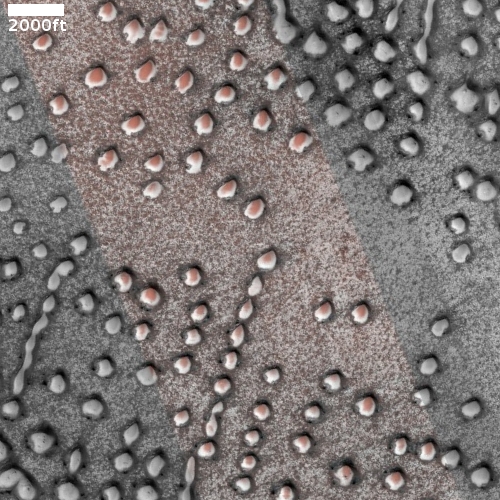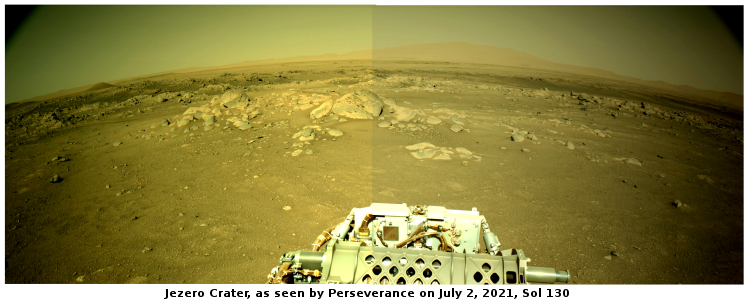Virgin Galactic finally flies Richard Branson on its reusable suborbital Unity spacecraft
Capitalism in space: After almost two decades of development and almost as many false promises by Richard Branson, Branson today finally flew on his SpaceShipTwo ship dubbed VSS Unity.
Unity was taken to about 45,000 feet by the carrier airplane WhiteKnightTwo, where it was released and its engines fired.
Once VSS Unity’s rocket engine cut off, the spacecraft’s momentum took it to an altitude of around 90 kilometers. This is above the minimum altitude of 80 kilometers required by the US Air Force, NASA, and the FAA to grant astronaut wings, and is above the discernible atmosphere. This apogee, or maximum altitude, is below the Federation Aeronautique Internationale (FAI) recognized boundary of space at 100 kilometers, which SpaceShipOne crossed twice to claim the X-Prize in 2004.
The craft spent around five minutes in weightlessness, with the crew evaluating the experience and looking at Earth and space from 17 windows on the craft, before they strapped back into their seats for reentry.
I have embedded below the fold the NASASpaceflight.com live feed, cued to just before Unity was dropped from WhiteKnightTwo. The commentary is far less offensive than the blather on the official live feed, but they end up losing the view from their live feed and switched to the Virgin Galactic live feed, rewinding it to pick it up just before the drop. You then see that feed, with good images and with all the blather, but no interior video during the weightless period. I suspect they want to edit that footage before releasing it, just in case anyone had vomited or Branson looked uncomfortable in any way.
Overall, Virgin Galactic deserves congratulations for finally accomplishing this flight. That it took so long and occurred just before the start of commercial manned orbital flights unfortunately pops the balloon on this achievement. The flight was so short that it now seems somewhat disappointing compared to the upcoming orbital tourist flights.
The next suborbital flight by Blue Origin on July 20th, and unlike today’s Virgin Galactic flight, will carry the first paying passenger, making it the first wholly financed and built private commercial space flight.
» Read more
Capitalism in space: After almost two decades of development and almost as many false promises by Richard Branson, Branson today finally flew on his SpaceShipTwo ship dubbed VSS Unity.
Unity was taken to about 45,000 feet by the carrier airplane WhiteKnightTwo, where it was released and its engines fired.
Once VSS Unity’s rocket engine cut off, the spacecraft’s momentum took it to an altitude of around 90 kilometers. This is above the minimum altitude of 80 kilometers required by the US Air Force, NASA, and the FAA to grant astronaut wings, and is above the discernible atmosphere. This apogee, or maximum altitude, is below the Federation Aeronautique Internationale (FAI) recognized boundary of space at 100 kilometers, which SpaceShipOne crossed twice to claim the X-Prize in 2004.
The craft spent around five minutes in weightlessness, with the crew evaluating the experience and looking at Earth and space from 17 windows on the craft, before they strapped back into their seats for reentry.
I have embedded below the fold the NASASpaceflight.com live feed, cued to just before Unity was dropped from WhiteKnightTwo. The commentary is far less offensive than the blather on the official live feed, but they end up losing the view from their live feed and switched to the Virgin Galactic live feed, rewinding it to pick it up just before the drop. You then see that feed, with good images and with all the blather, but no interior video during the weightless period. I suspect they want to edit that footage before releasing it, just in case anyone had vomited or Branson looked uncomfortable in any way.
Overall, Virgin Galactic deserves congratulations for finally accomplishing this flight. That it took so long and occurred just before the start of commercial manned orbital flights unfortunately pops the balloon on this achievement. The flight was so short that it now seems somewhat disappointing compared to the upcoming orbital tourist flights.
The next suborbital flight by Blue Origin on July 20th, and unlike today’s Virgin Galactic flight, will carry the first paying passenger, making it the first wholly financed and built private commercial space flight.
» Read more












